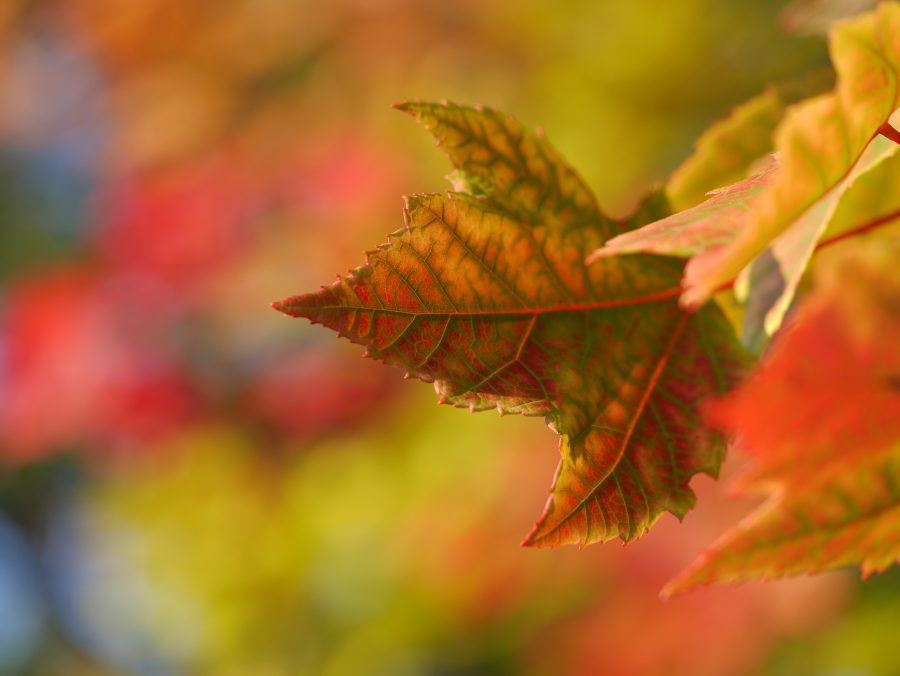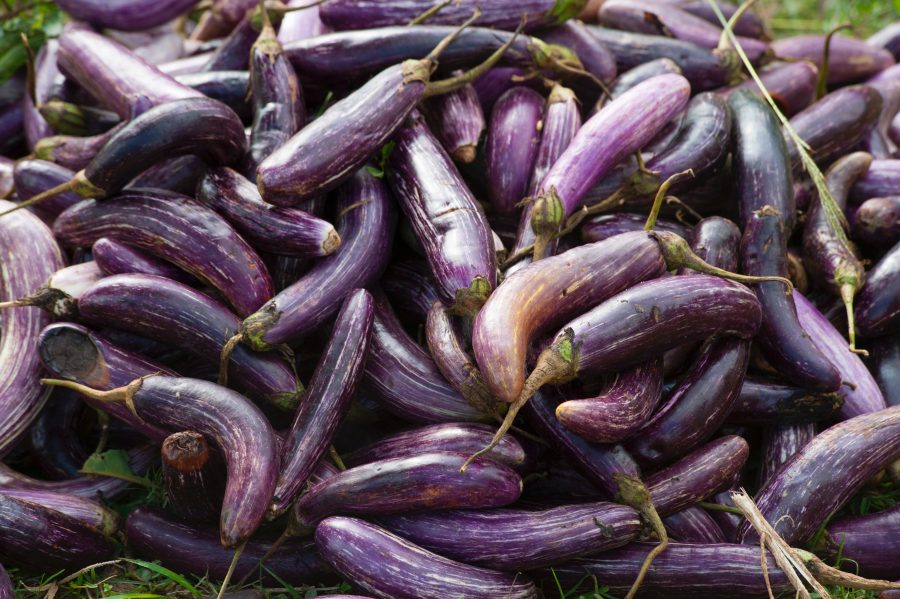Leaves of pale smartweed (Persicaria/Polygonum lapathifolia) are commonly used in ethnomedicine to treat stomach disorders, fever, disorders of kidneys, kidney stones and urinary tract infections. It is commonly associated with antiviral, antifungal, astringent, hepatoprotective, anthelmintic, antibacterial, anti-emetic, anti-inflammatory and antioxidant properties. 1






